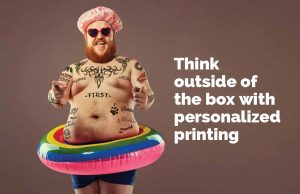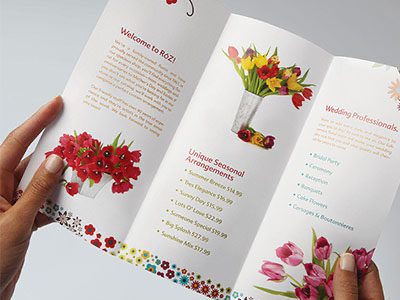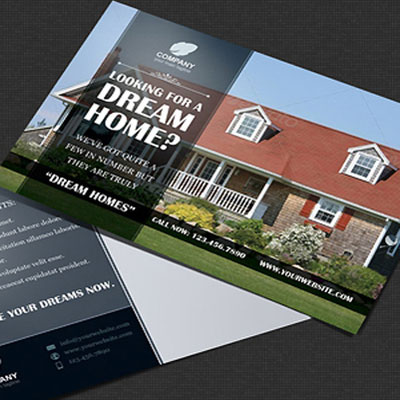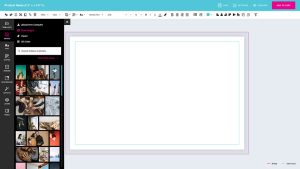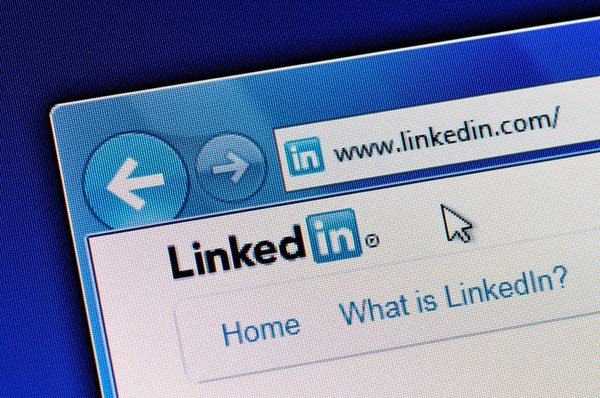In the age of pervasive Internet connectivity, social media is everywhere. You probably have personal pages on popular social media platforms such as Facebook, Twitter, Instagram and others. Even if you don’t have them yourself, you know lots of people who do.
As a business, it’s equally important to utilize social media. Why? It’s where your customers are spending a large percentage of their time online. In order to connect with them, it’s essential to adapt and learn how to utilize social media. Many social sites have special accounts and pages specifically for business owners, so it’s never been easier.
Using Social Media For Businesses
Businesses are using all types of social media platforms to raise brand awareness and to connect with their clients on a more personal level. In this blog, we’ll cover some basic how-to’s for popular social media platforms, as well as how your business can benefit from developing a social media strategy that includes several popular social media channels.
Your social media strategy should consist of at least 2-3 social media platforms that appeal to your target and get people talking about your business.
Here are a few of the most popular social media channels for businesses and how to use them:
Facebook, which launched in 2004, became the most popular social networking site in 2006 (a position which it still retains, with almost 1 billion unique monthly visitors). Facebook is ideal for raising brand awareness because it allows your business to communicate with followers directly.
Through Facebook, users can share content through posts, pictures, videos, GIFs, and more. Encourage your customers to directly communicate with you. The key to using Facebook for business is to start a conversation between your business and your clients.
Facebook also has a review system, where customers can rate your business, or read previous feedback. It’s a great place to accumulate reviews, because you have the opportunity to respond directly to customers. This provides you with an opportunity to take swift action and turn bad experiences around with positive customer service.
Twitter challenges its users because it restricts its posts or “tweets,” to 140 characters. Tweets must be brief and direct in order to get your message across in such little space. It requires some creativity, but compacts your message into a short, easy-to-digest bite that is great for getting your message out there.
If you think that you don’t need a Twitter account because you’re a business, think again! Check out the relatable and often humorous ways that big brands such as American Express, Apple and Oreo handle their Twitter accounts, and use the platform to connect and interact with their customers.
Also don’t forget to take advantage of hashtags (#) to chime in on trending topics related to your business. For example, if you were to tweet about a summer event in your store, add the hashtag #summer, so your tweet is found by people searching Twitter for summer related events! Twitter is great quick shout outs about promotions or news. The minimalist format gets your point across quickly and concisely.
Google+
Google+, which launched in 2011, is more than just a social networking site – it’s a magnificent business tool. In fact, Google+ is one of the most valuable social media platforms for businesses. Why? Because it boosts your brand’s search visibility. (Meaning it helps your website rank higher on Google search results!) It’s also directly connected to other Google-owned properties such as YouTube, Google Maps, and Google Reviews.
Once your website and location are verified, your Google+ page will also start showing up on the right hand side when someone searches for your business, providing you with more real estate on search engine results pages. It will also place a marker on Google Maps so anyone searching locally will be able to easily find your business.
Beyond these features, Google+ offers the same sharing features that sites like Facebook, Twitter and Instagram have perfected. Google+ works well for businesses because it allows brands to build a ‘circle’ where information can be shared with a particular group of people interested in learning more about your business.
LinkedIn is a social networking site for built for business professionals. It allows users to discuss news for various industries, build and share their resumes, and offers insights into the current job and career landscape. It’s core audience is professionals between the ages of 25 and 55, meaning it’s a great tool for companies that focus on B2B sales, or those that prefer to target a slightly older, college-educated demographic.
As a social media site, LinkedIn focuses on users’ businesses and careers. When using it as a tool to promote your business, it’s ideal for shining a light on your business’s accomplishments and any updates or promotions, as well as reacting to news and trends in your industry. LinkedIn is also a great resource for finding and hiring new talented employees that meet your qualifications.
YouTube
Created in 2005, YouTube is a user-friendly website designed to share videos. On average, 300 hours of videos are uploaded onto YouTube every minute! Above and beyond that, billions of hours of video are watched and shared each month. Videos that ‘go viral’ can receive tens of millions of views and give the brand or user behind them a massive boost in traffic and popularity.
YouTube is a great way to demonstrate, in a concise way, how your products or services work without your potential customers having to be in your physical vicinity. Video provides an opportunity to appeal to visual learners who don’t have the time or inclination to read your website copy. Check out this video advertising blog on EdenAdvertising.com to learn more about YouTube and video advertising.
Tumblr
Tumblr is a microblogging and social networking site. As of June 1, 2015, on average over 81 million posts are uploaded each day. That’s a lot of people sharing their ideas! Everything on Tumblr can be shared – images, videos, links, music, and so much more. The benefit of Tumblr is it can be customized, from colour and font to layouts and logos. Your business can make its own microsite and change it exactly how you want it to be. Tumblr is great for businesses that have a lot of photos, videos or other content they want to share.
Instagram, which was launched in 2010, already has over 300 million users! Why is it so popular? It’s a fun, interactive way for brands and users share pictures and short, 15 second video clips. One of the benefits of Instagram is that it allows you to quickly alter your photos using filters and other tools, without the assistance of a professional photographer or photo editor.
The app now has 25 different filters to customize your pictures. Instagram is also responsible for coining terms such as “#throwbackthursday” and of course, #selfie, which was added to Oxford Dictionary in 2014. Instagram is ideal for businesses that have a visual story to tell. If you have lots of company or event photos (for example food photos of your restaurant), Instagram may be the perfect social media site for your business.
Pinterest is an online pin board. Users can search images, videos, articles, DIY’s, reviews, and just about any other digital medium you can think of. Businesses benefit from Pinterest because it’s free advertising. By posting one thing, it can quickly spread and be seen across more than 18 countries, including Canada and the U.S. Much like Instagram and YouTube, Pinterest is highly visual and engaging, meaning that your customers are likely to share and respond to your posts.
The best thing about Pinterest is that it needs a visual in order to be “pinned,” so your image or product is constantly being viewed by people, whether they follow your account or not. Businesses and users on Pinterest often share things like recipes and tutorials, so it’s great for sharing how to’s, videos, blogs and product photos that users can either replicate or save to their pin boards.
SnapChat
SnapChat is a photo and video-messaging app, although it now allows actual messaging. The beauty of SnapChat is that videos and pictures only last 10 seconds or less, and after that it disappears, never to be seen again. That is unless you take a screenshot of it, but be warned that anytime you take a screenshot of a snap, whether video, picture, or message, it notifies the person who sent it to you. Messages, on the other hand, will remove themselves once you exit out of the conversation, unless you click the message to save it for later.
If you want an in-depth explanation of SnapChat, including an explanation of its terms, visit this blog! Some brands have used this unique feature to create quirky digital advertising campaigns that have a unique sense of urgency.
To learn more about social media management for your business, or to hire a social media manager, visit or find a Print Three store to speak with an in-house expert about social media strategies for your business.





